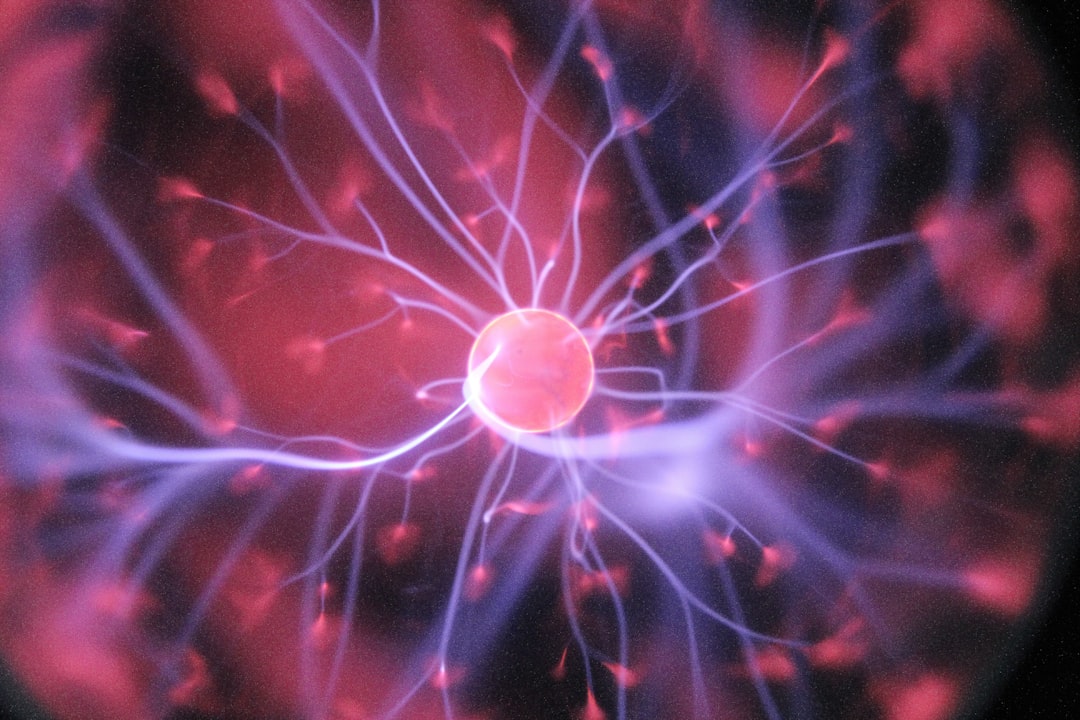What is it about?
Pancreatic cancer is a highly lethal malignancy with a 5-year survival rate of only 10%. As pancreatic cancer grows, it becomes deprived of blood vessels and nutrients. It remains largely unknown however, how pancreatic cancer manages to progress and thrive, despite such harsh nutrient-deprived conditions. Here we selected for rare pancreatic cancer cells that can adapt to limiting levels of their preferred nutrients: glucose and the amino acid glutamine. We find that these adapted cancer cells have higher fitness than non-adapted cells, and grow faster and to a larger size when implanted within the pancreas of mice. Interestingly, adapted cells express genes and display signaling (called mTORC1) that ensure the stabilization of a protein or enzyme termed "Glutamine Synthetase" allowing them to generate their own nutrient, glutamine, which is necessary for growth. Notably, this adaptation is reversible and not the result of genetic mutations in the cancer cells. It therefore provides the cells with the flexibility to switch between nutrient-deprived and nutrient-replete conditions, as the tumor grows 3-dimensionally and is either further away or closer to blood vessels carrying nutrients. Importantly, targeting the enzyme glutamine synthetase holds therapeutic value for pancreatic cancer patients, as it would suppress the growth of adapted cell clusters with higher fitness, and hence suppress pancreatic tumor growth.
Featured Image

Photo by National Cancer Institute on Unsplash
Why is it important?
Targeting the enzyme glutamine synthetase holds therapeutic value for pancreatic cancer patients, as it would suppress the growth of adapted cell clusters with higher fitness, and hence suppress pancreatic tumor growth.
Read the Original
This page is a summary of: Adaptation of pancreatic cancer cells to nutrient deprivation is reversible and requires glutamine synthetase stabilization by mTORC1, Proceedings of the National Academy of Sciences, March 2021, Proceedings of the National Academy of Sciences,
DOI: 10.1073/pnas.2003014118.
You can read the full text:
Contributors
The following have contributed to this page










